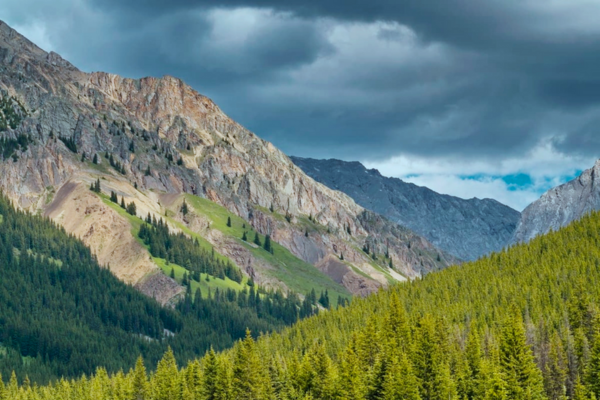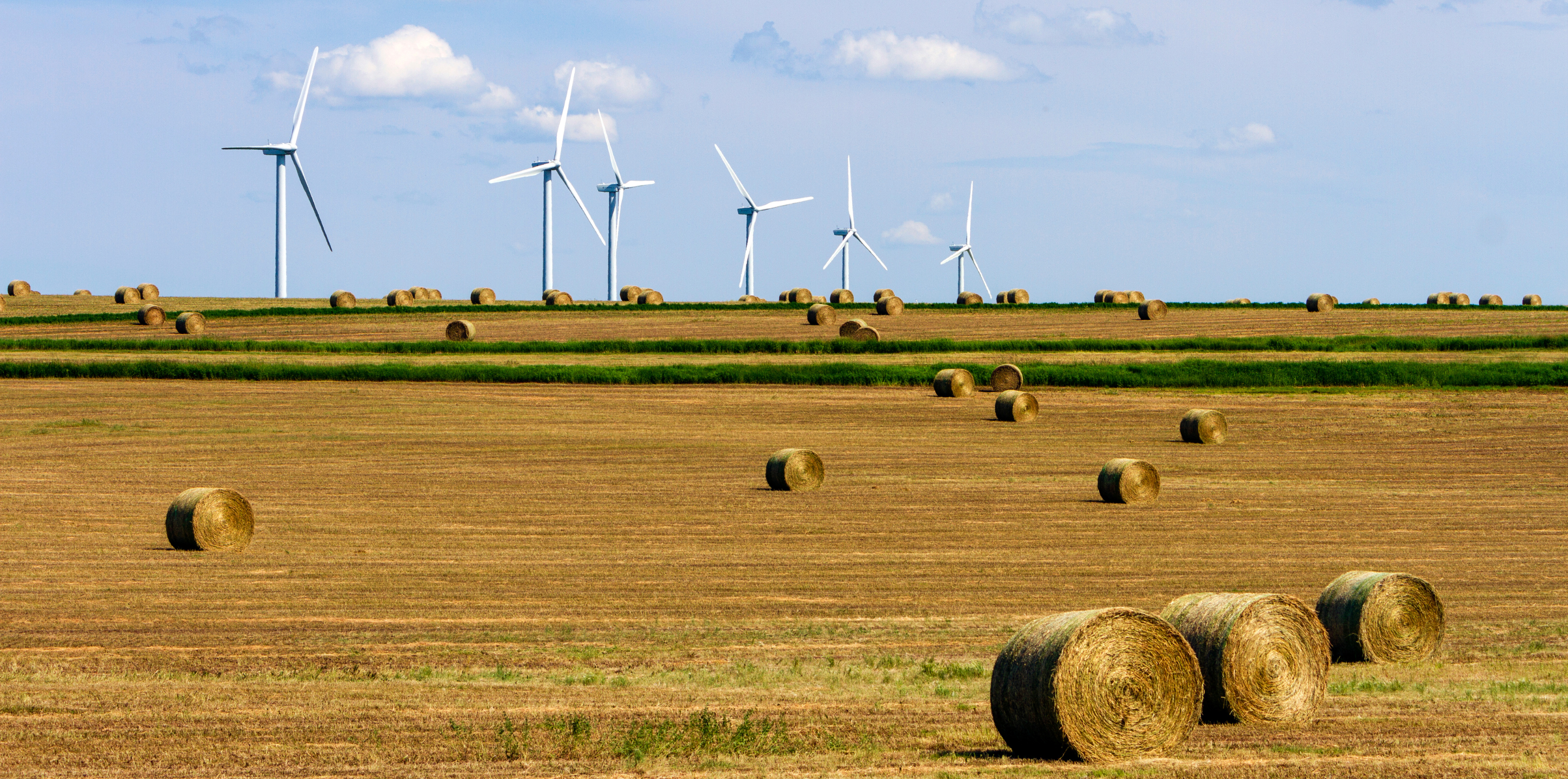February 29, 2024
Calgary | Mohkínstsis | Wîchîspa | Guts’ists’i
Treaty 7, Alberta
Yesterday, the Government of Alberta released policy changes from the Alberta Utilities Commission related to the development of renewable energy infrastructure in the province.

A key restriction outlined in this new policy direction is that “Buffer zones of a minimum of 35 kilometres will be established around protected areas and other ‘pristine viewscapes’ as designated by the province. New wind projects will no longer be permitted within those buffer zones and other proposed developments located within the buffer zone may be subject to a visual impact assessment before approval.”
While it is essential to undertake thoughtful and strategic planning of where energy development is and is not appropriate, this arbitrary restriction is neither thoughtful nor strategic.
We support fair, consistent, and equivalent treatment of all land uses, including the renewable and non-renewable energy sectors, mining, forestry, agricultural and urban development. It is hypocritical to apply non evidence or scientific-based rules — such as no development within 35 km of a protected area or pristine viewscape — exclusively to renewable energy development and not to other forms of development, such as oil and gas, clearcut forestry, and coal.
Rather than focus on an arbitrary buffer, all development planning and approvals should focus on avoiding key habitats and environments that are known to be impacted by energy development such as native habitats, migratory flyways, species at risk habitats and wetlands.
In spite of these new regulations, expansion of Alberta’s industrial footprint — which has clear and detrimental impacts on the integrity of our ecosystems — will continue to move forward within these same buffer zones. Indeed, despite the majority of Albertans opposing additional coal mining development, Mine 14 near Grande Cache will move forward, and the AER has also accepted a new application for exploration and development at Grassy Mountain.
We are in a climate and biodiversity crisis. This incoherent approach will hinder our ability to diversify our energy economy, while doing little to meaningfully protect nature. We encourage the province to commit to meaningful land-use planning that considers the impacts of all land-uses and protects our most significant natural areas.

Maps courtesy of CPAWS Northern Alberta.
More News

All-Seasons Resort Policy Released

Critical Habitat and Industry Lobbying Part 4: How DFO Allows Critical Habitat Destruction


